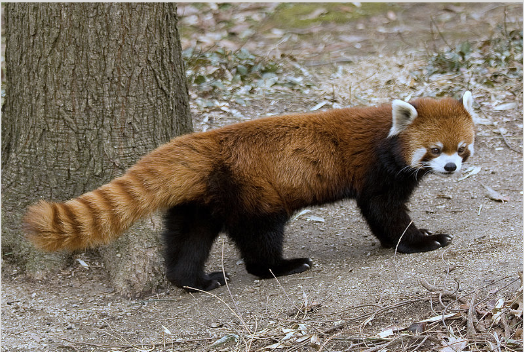Report by Preetinkar Jain

Source: Argentine Museum of Natural Science
Buenos Aires, July 26: A team of Argentine and Chilean researchers discovered 150-million-year-old bone fossils in the Andean mountains of Chile belonging to the ancestors of crocodiles. It was analyzed by the Argentine Museum of Natural Sciences (Museo Argentino de Ciencias Naturales Bernardino – MACN) in Buenos Aires. On 23rd July 2021 MACN announced that the fossil belonged to the ancestral species of modern crocodile and named it Burkesuchus mallingrandensis. The fossils revealed that around 200 million years ago, crocodiles were smaller in size and terrestrial in nature. This find will help the scientists to understand the evolution of crocodiles from terrestrial to aquatic animals. Burkesuchus mallingrandensis has been termed as the grandfather species of modern crocodiles.
-x-

B – Female catshark Source: Twitter@UFSharkResearch
California, July 26: A team of researchers from the Pacific Shark Research Center, California, US along the Southwest Indian Ridge (the underwater mountain system that bisects the ocean between Africa and Antarctica) discovered a new catshark species. 8 members of the new species were found while studying the seamounts (underwater mountain formed by volcanic activity) near Madagascar. The sharks are named Apristurus manocheriani, in the honour of Greg Manocherian, a supporter of shark conservation and research. Apristurus manocheriani has numerous large teeth on the lower and upper jaw. An average male of this species can measure up to 55cms whereas females up to 49cms.
-x-

Darjeeling, July 26: We bring you another happy news straight from Darjeeling. A female red panda, named Yeshi, at the Padmaja Naidu Himalayan Zoological Park in Darjeeling gave birth to a cub. The zoological park has witnessed the fifth birth of red panda cubs in this season. Red pandas are easily identifiable because of their distinctive ruddy coat colour. Their skull is round and broad. Their snout is enormous, and they have pointy ears. They have a white face and have rings on their tails. Red pandas are extremely shy. There are less than 10,000 red pandas left in the wild. India has approximately 5,000 – 6,000 red pandas.

